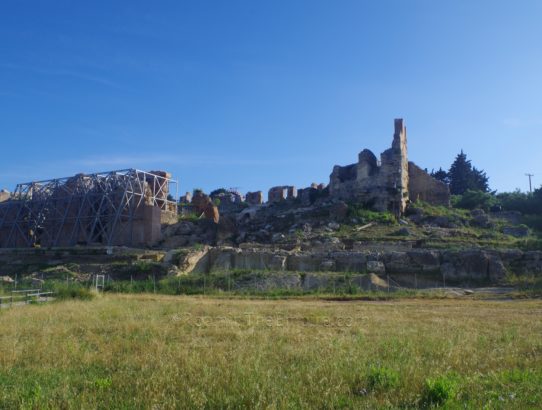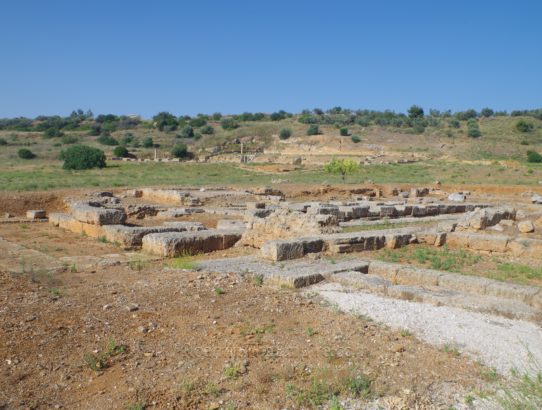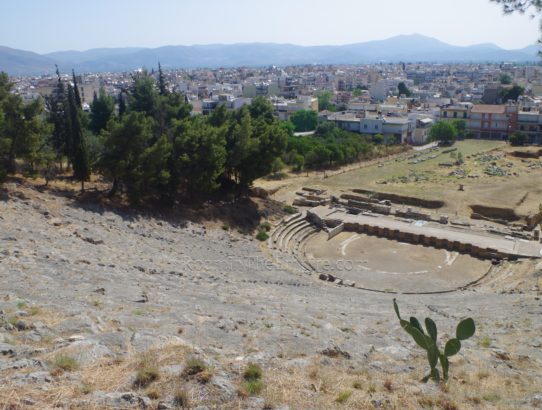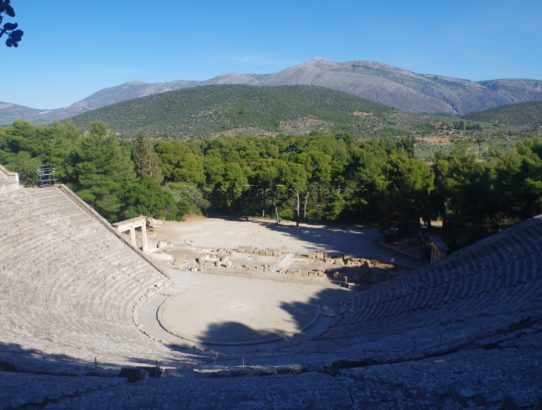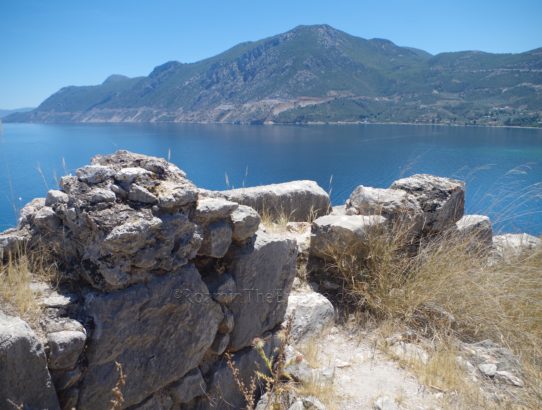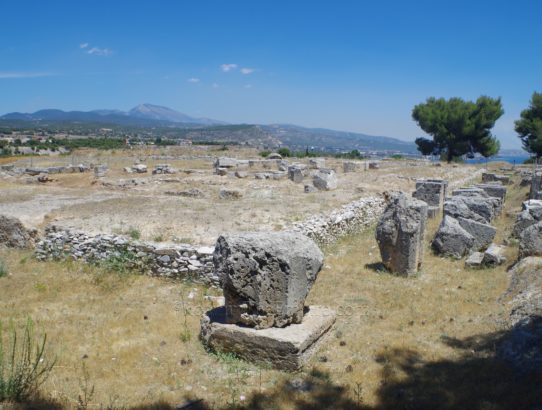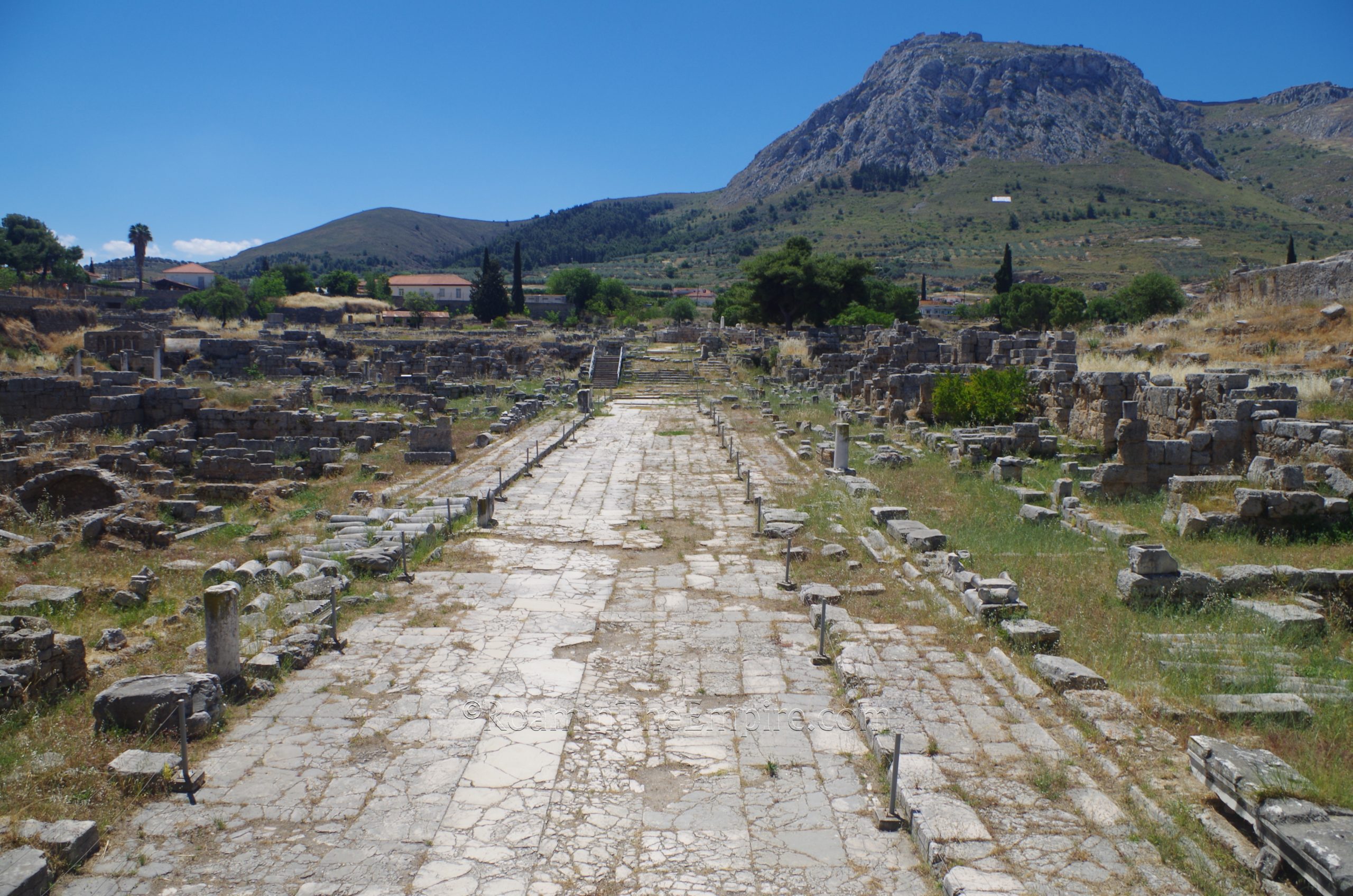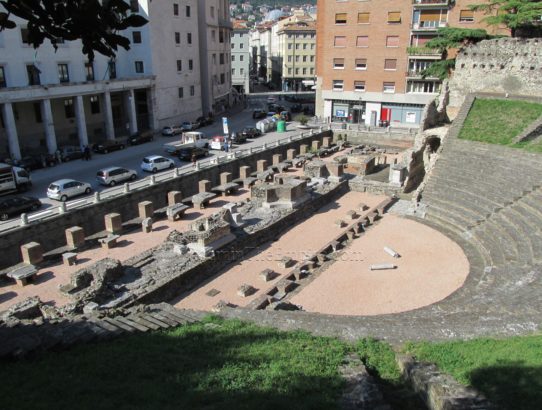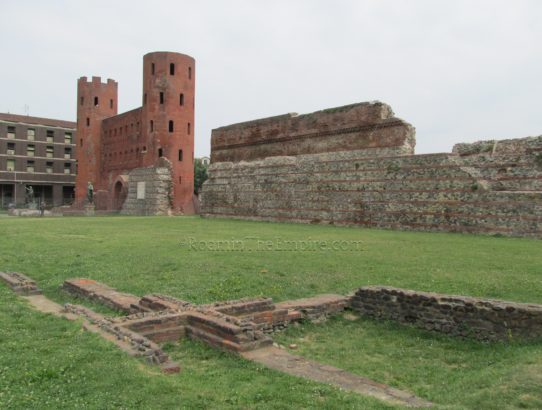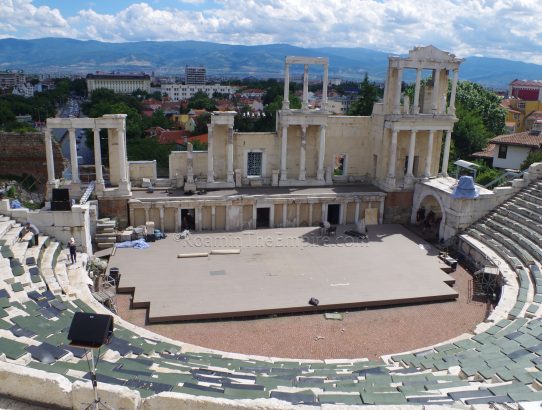Nicopolis, Epirus – Part III
Continued From Nicopolis, Epirus Part II Just across the dirt path (where the cardo maximus would have run) to the west of the odeon are the remains of a temple. Like the bathing complex adjacent to the odeon, these remains too are heavily overgrown and difficult to view from the ground, but perhaps a slightly…
Read More


